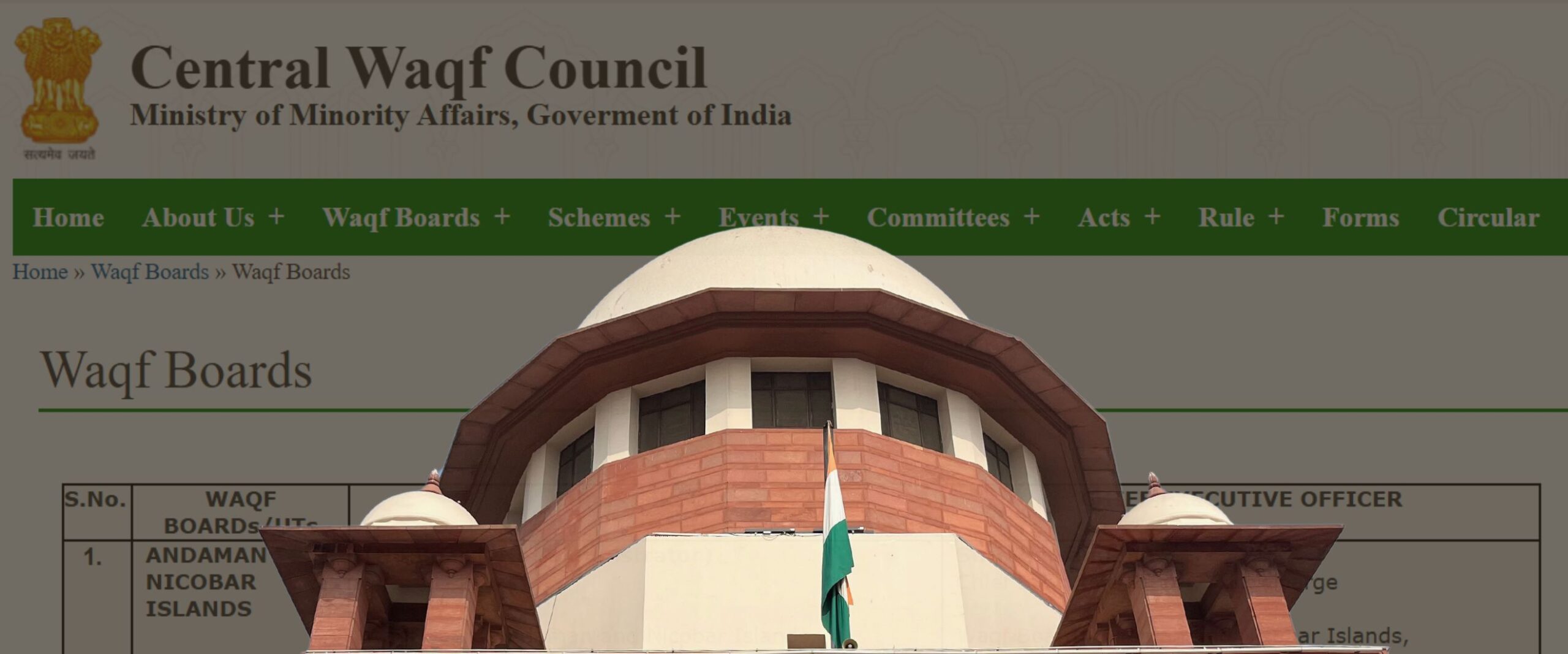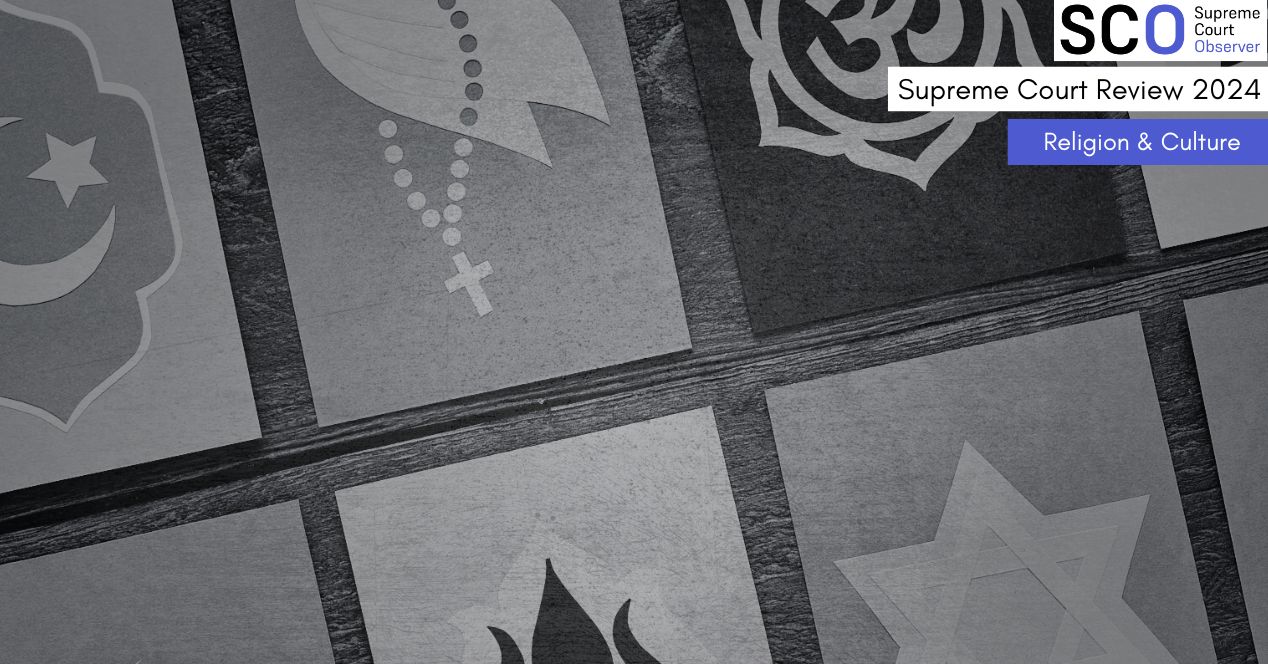Analysis
The Waqf challenges
The Supreme Court grants Union seven days to file response as petitioners allege ‘parliamentary usurpation of the faith of 200 million’

On Wednesday, the air in the Supreme Court was charged with a different energy. That afternoon, Chief Justice Sanjiv Khanna’s court was scheduled to hear objections against the Waqf (Amendment) Act, 2025. This constitutional challenge had been anticipated for over two weeks—petitions had been filed even before the Bill had received presidential assent. Most estimates put the total petitions as exceeding 100.
The frisson was palpable virtually, too. By the time I attempted to enter Wednesday’s hearing, the Court’s Webex ‘meeting’ was already at full capacity. A thousand-odd people had logged in. I can remember only two other times when this has happened: the opening day of arguments in the Article 370 case and on the pronouncement day of the marriage equality Judgement.
What’s at stake in this case? In Islamic tradition and law, a waqf is a property endowed for a charitable purpose. It’s not uncommon for a mosque or a graveyard to be built on waqf property. The petitioners argue that the amendments infringe the right of Muslims to practise their religion and manage their religious affairs. Their specific concerns include:
- the inclusion of non-Muslims in administrative boards (two on the Central Waqf Council; additionally, only 10 of the 22 members of the Council are required to be Muslim)
- the abolition of ‘waqf by user’ (a property considered ‘waqf’ on the back of long-term use)
- the power of the government to declare a waqf as government property
- the requirement that a person must have practised Islam for five years to create a waqf
The doing away of ‘waqf by user’ is particularly thorny. A little more than half of the 8 lakh waqfs in India fall under the category. The paperwork for many of them is scattered or non-existent. Another sticky point is the power granted to a bureaucrat to determine the status of a disputed waqf. The amendment also provides that the property will cease to be a waqf in the course of any such determination.
This was the context in which Senior Advocate Kapil Sibal argued that the amendment was a “parliamentary usurpation of the faith of 200 million persons.” Further, he submitted that the abolition of ‘waqf by user’ would mean that deeds would need to be furnished for properties that are over 300 years old.
Solicitor General Tushar Mehta submitted that ‘waqf by user’ properties registered before 2025 will remain untouched—only unregistered properties would fall within the law. Mehta seemed to suggest that the custodians of such properties had only themselves to blame, considering registration has been mandatory since 1923.
On Day 1 of the hearing, CJI Khanna acknowledged the practical difficulties if ‘waqf by user’ properties are denotified. The Bench appeared inclined to grant three interim relief measures: (a) properties recognised by ‘waqf by user’ will not be denotified; (b) the provision that strips a property of its waqf status while the Collector deliberates its nature will not be enforced; and (c) the appointment of the two non-Muslim members to the Council will be permitted only if all the other 20 members are Muslim.
The next day, the Court granted the Union seven days to respond to the petitions on the assurance that no appointments will be made to the Central Council and State Boards until the next hearing, likely to be listed in the week starting 5 May. The Bench also barred the denotification of any existing waqf properties during this period.
For now, the Court has steered clear of diving into deeper questions—such as the scope of the fundamental right to manage religious affairs. Given his looming retirement date, CJI Khanna had previously said he would not be reserving judgements or taking up cases for full hearing. In another case that is a communal hot potato, he followed a similar course by pausing the filing of fresh petitions demanding surveys of mosques alleged to be built on ruins of Hindu temples.
Stop-gap measures like these are vital to prevent the violence that constantly threatens to bubble over (and indeed has in two districts of West Bengal), but for how long will this legal epoxy putty hold?




